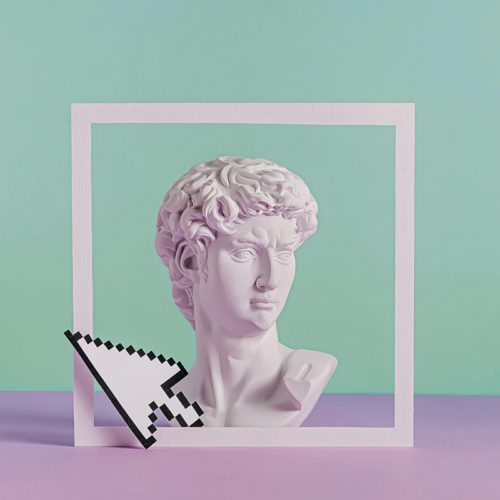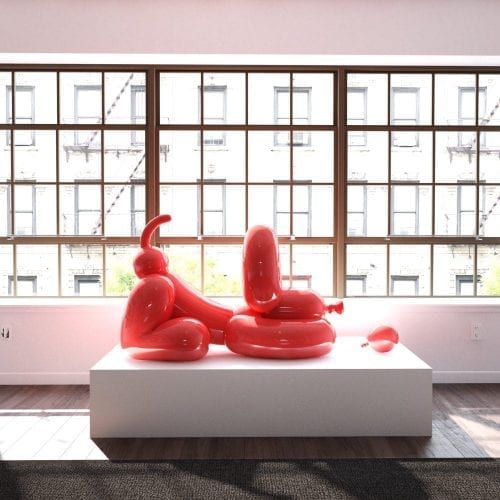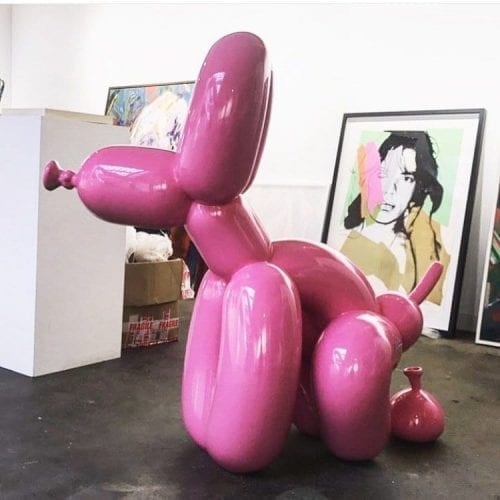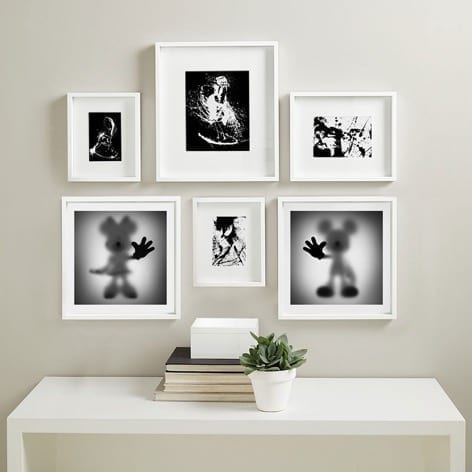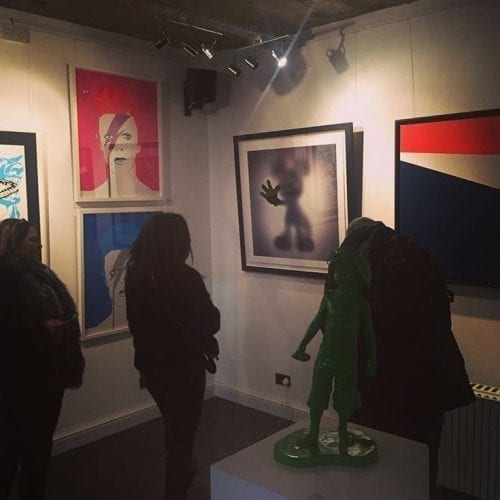
Art Market predictions for 2022
Art Market prediction for 2022
If the past few years have thought us anything, it’s that the future is impossible to predict. The same goes for predicting art trends. Most art trends are difficult to anticipate, but that won’t stop us from trying to tying to forecast what will dominate the art market in the year that has just started. Here are the 10 predictions of upcoming trends for the year 2022.
1. NFTs will continue to rise

As many of you already know, the year behind us was already dubbed the “year of the NFTs”. But regardless of the immense success that NFTs have seen in the year behind us, the year 2022 will probably prove to be even better for the highly south-after nonfungible tokens. Until recently, most collectors (apart from the few crypto lovers and insiders in the market) didn’t even know what an NFT is. When Beeple sold his pricey Everydays: The First 5000 Days art piece for $69 million USD, many traditional collectors struggled to figure out what exactly happened. Since then, an array of new popular NFTs has begun to dominate the market. Digital Bored Ape Yacht Club and lovable characters CryptoPunks are just some of the NFT series that reached record-breaking prices in the year behind us.
Clearly, the popularity of NFTs is not coming down. Quite the opposite, sometimes it seems that everyone from Silicon valley IT fanatics, mid-career bankers to popular singers and athletes, wants in on the action. Not only do we expect this trend to continue, but we also expect it to expand further. Our expectations are based on several factors. First and foremost, people are becoming increasingly familiar with NFTs. An unknown term until recently, NFTs are today a word on everybody’s lips. Publications are full of experts explaining how to purchase an NFT, auction houses and galleries are adding them into their offer, etc… As more and more collectors get a hang of how to collect nonfungible tokens, the market for them is expected to grow.
Secondly, the cryptocurrency craze helps fuel the NFT prices. Many NFTs are available for purchase with crypto. The more people get into the cryptocurrency trade, the more coins, and digital wallets out there, the more people will have some extra crypto cash. It is reasonable to expect that some of this crypto cash will be spent on purchasing NFTs. Thirdly and lastly, the fact that many celebrities have gotten into the NFT market is expected to raise their value. American pop singer Jason Derulo and basketball player Steph Curry are just some of the big names who have gotten into the cryptocurrency trade. Jason Derulo even invested money into Solana, an American startup that is working on developing a faster way to validate changes on the blockchain.
2. The NFTs will bring back the popularity of early TV cartoon aesthetics
If we carefully observe the most popular NFTs right now, (such as The Bored Ape Yacht Club and CryptoPunks), we will notice that they both feature recognizable late 80s, early 90’s cartoon aesthetics. There’s a good reason for that. A majority of today’s millennial collectors grew up in that decade, and they want the artworks that remind them of their childhood. It is believed that the popularity of the cartoonish aesthetic will expand beyond NFT, to other artworks including, prints, sculptures, art toys, and so on. With so much popularity of digital cartoonish art pieces, it’s only a matter of time before the collectors begin to pay attention to physical art pieces, featuring similar styles and topics.
3. Asian collectors will become a driving force on the market
For decades the art market was dominated by US collectors. Although their domination is expected to continue in 2022, many believe that young Asian collectors will have an increasingly more important role in the global art market. The rise of NFTs is partially responsible for this prediction. Asian countries are blockchain’s early adopters. The concept of blockchain and NFT is widely accepted in some Asian countries. A lot more than in some European and American countries, that is.
Due to the low prices of electricity, China has been one of the leading crypto-mining countries in the world. It is estimated that China accounts for 75% of Bitcoin mining in the world. Recently, however, the government has issued a ban on mining, while simultaneously embracing the NFTs. Unless backtracked by the government NFT and crypto art lovers from Asia are expected to make a huge influence on the art market in the upcoming year.
4. South Korean capital Seoul will become the hot new place for buying art
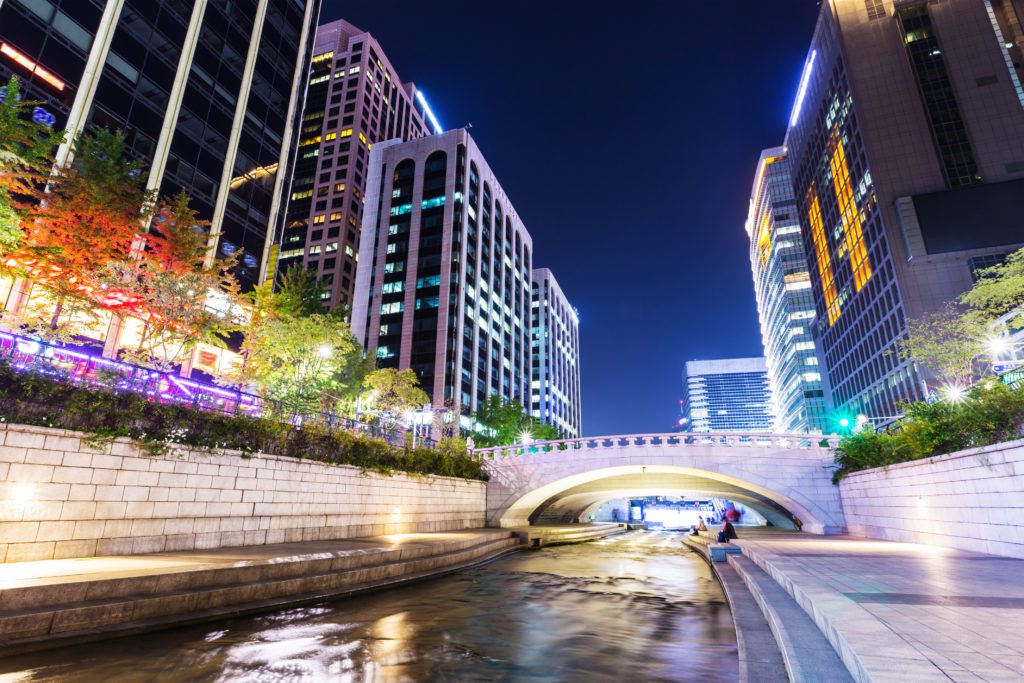
Considering the growing importance of Asian collectors, it’s reasonable to believe that, Western art galleries, auction houses, and dealers will increasingly turn to Asia, opening new branches and offices in the Asian capitals. According to experts, including Artnet’s Tim Schneider, Seoul can prove to be the Asian new art hotspot. There are several reasons for that. First and foremost Hong Kong, (the current preferred choice for Western art sellers) has become a little bit overwhelmed. Everyone who’s anyone already has a strong presence in Hong Kong. Also, the fact that Hong Kong’s laws are becoming increasingly more similar to those in mainland China, is expected to propel many to move on to other markets. With its long artistic traditions and more importantly rich collector base, the Korean city of Seoul seems like a reasonable choice. And the changes are already on their way.
This year gallery Thaddaeus Ropac picked the South Korean capital as its very first Asian location. By opening a gallery in Seoul, they will join an array of art sellers who recently opened offices in the South Korean metropolis including Perrotin, Gladstone, Various Small Fires, and not one but two Pace galleries. On top of that, the year 2022 is a year when if everything goes according to plan, the first edition of Frieze Seoul should be held. Things are looking up for the Capital of South Korea, and the country’s officials are seemingly taking notice. The authorities have established several perks for art buyers and sellers, including abolishing the import tax on art as well as sales tax for all artworks under $55,000 (under 60 million South Korean won, that is). All of these factors combined speak loudly about the likely prospects of Seoul becoming the new art capital.
5. People will invest more money in art
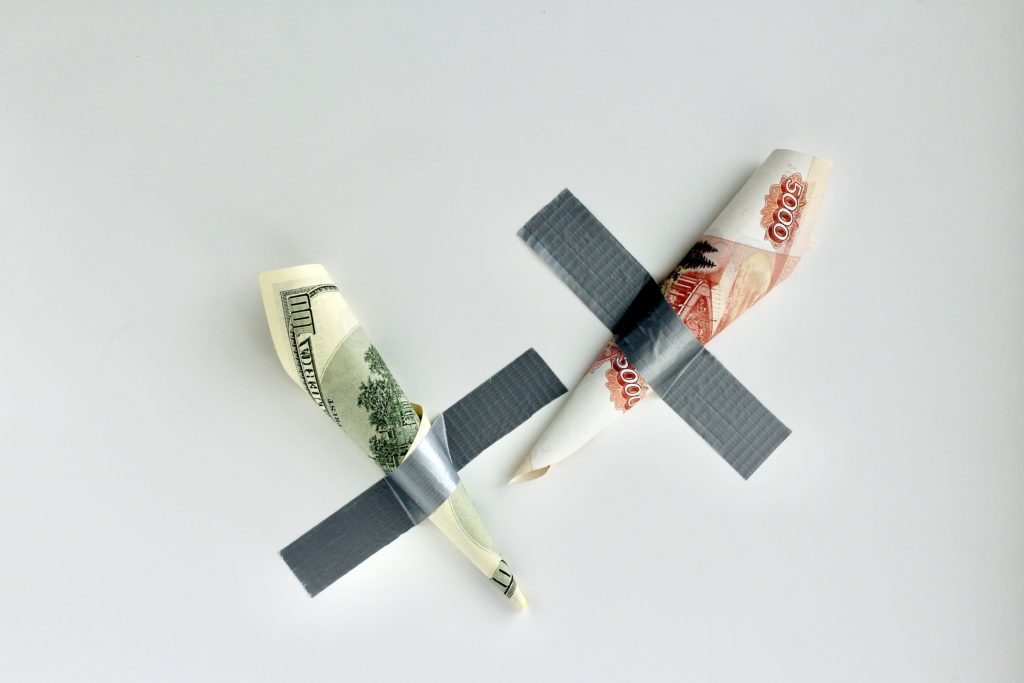
Ok, this may be i bit too optimistic, but hear me out. The art market already made a fantastic recovery in the year 2021.
Despite the pandemic and the following lockdowns, many people still managed to keep their jobs and keep their businesses afloat. For some entrepreneurs, particularly those who adapted quickly, this pandemic even brought more money than during regular pre-pandemic years. Considering that they had no opportunities to travel or eat out, because of the lockdown or personal concerns, many individuals have more money to spare than before. A certain amount of that money will undoubtedly be spent on art. The levels of home refurbishments and improvement during the pandemic are sky-high, with people choosing to invest more into their homes. The fact that many are now working from home also helps, especially because, many will want to redecorate, to obtain more of a professional home office feel.
6. The Coronavirus will continue to change the way we consume art
Every major art fair, auction, gallery show, etc, will still require visitors to have masks, vaccines certificates, and so on. People will be wanting to play it safe, and avoid liability claims. With the new COVID Omicron variant showing up, we will likely remain in a state of emergency for quite the time to come. As the numbers of infected people grow, the situation begins to remind us more and more of the beginning of the pandemic. For instance, in some countries lockdowns are being reinstated, in others, art fairs are being postponed. An Outsider art fair in New York, for instance, already had to move the opening for a month and it’s reasonable to think that this will continue to happen with some other art fairs in the future. Public health laws and safety policies will continue to follow the pandemic closely and adjust to it. Looks like we’ll have to wait a bit more before things go back to normal.
The coronavirus will also drive art collectors to buy more art pieces online. That means that people will turn more to the artworks that can be presented well on screen. Two-dimensional art pieces, such as prints or photographs, will be easier to sell than sculptures and other three-dimensional works. The fact that people are turning more and more to buying online is another thing that contributed to the popularity of nonfungible tokens, which mostly exist in digital space alone.
7. A More Diverse Offering of Art
Everybody knows that there is a lot of emerging artists out there but what many don’t know is that there are plenty of known bluechip artists whose works are still undervalued. So, who are they? Well, artists from Hispanic, African, Native, and other backgrounds are an obvious choice. Works by Amy Sherald, for instance, (an African-American artist known for her portrait of Michelle Obama) are still hugely undervalued considering her fame and talent.
But although considered the most privileged group on the market, an upcoming Sotheby’s auction has shown that even European white male artists can be undervalued. Take Rene Magritte for instance. One of the defining figures of the Surrealist movement has an auction record of only $28 million which is quite low, for an artist of his renown. Upcoming Sotheby’s auction that futures his work L’empire des lumières aims to double that, with an estimated $60 million price, which only shows how undervalued he was, to begin with.
8. Increased Environmental Concern
The battle for environmental balance was a bit pushed aside by the pandemic. But as things get back to normal, the environmental problems are yet again taking the central stage. The increased worry for the environment can affect the art market in many ways- from buyers missing out on art fairs because they want to cut down on the jet pollution, artists can turn to more environmentally-friendly materials, museums can get into recycling.
In the past, many artists drew attention to the negative influence of men on nature, including Agnes Denes, Chris Jordan, and Olafur Eliasson to name a few. However, only in recent times, their efforts have been met with wider institutionalized support, as galleries and museums began to look for ways to reduce their carbon footprint, by improving their heating and energy-saving systems, for instance.
In 2022 many institutions have already announced that they will pay more attention to the climate emergency, by organizing shows reflecting on the current crises. Serpentine Gallery in London has taken it a step further and initiated a General Ecology program, dedicated to environmental justice and balance. Regardless of the form, ecosystem concerns will come back big time. And when they do, it will just continue to become more and more relevant year after year.
An Amazing Year Awaits
All in all, it seems that 2022 will be a great year for the art sector. People will invest more in art, they will continue to buy art online, Asia will get a new art hotspot, and the artwork will become more diverse with NFT continuing to raise. Plenty of reasons to get excited for 2022. However, if the last few years taught us anything, it is that you can never be too sure about what the future will bring. We for once, are planning to stay optimistic and believe that 2022 will be the best year for art in quite a while.

